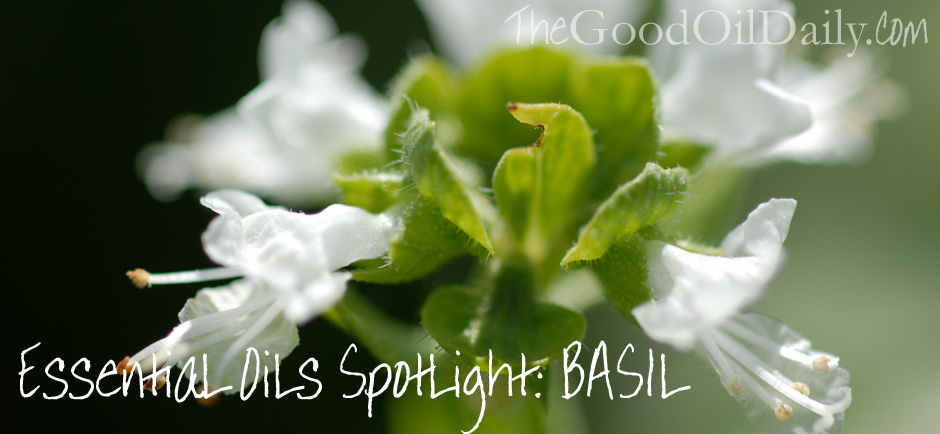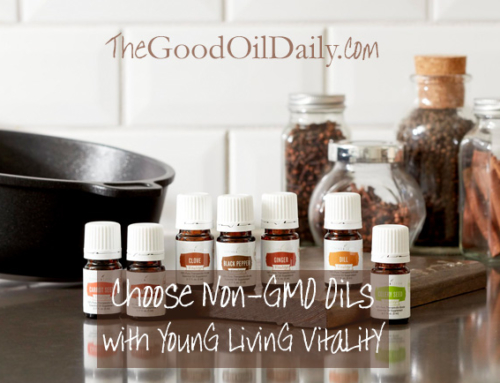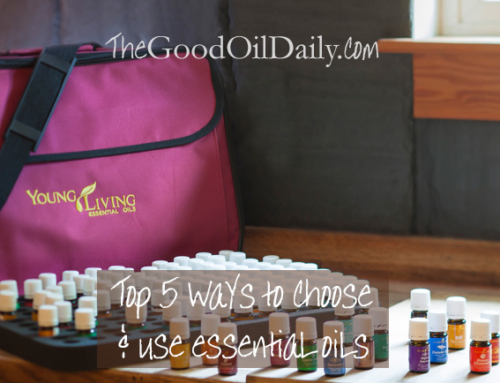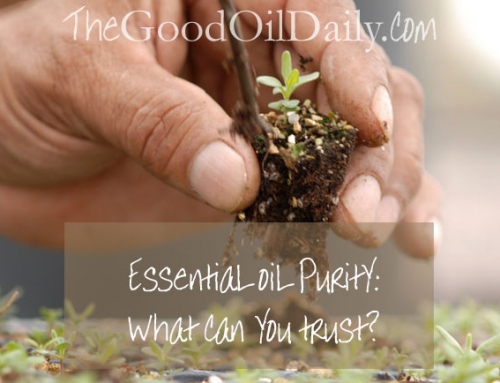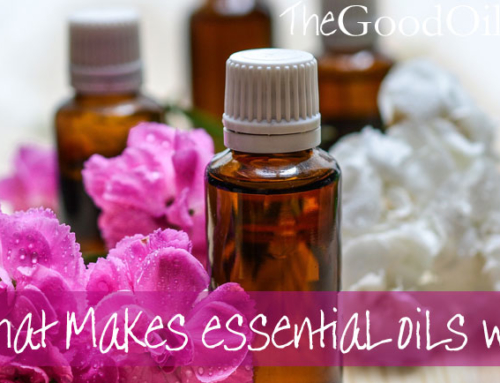“Basil !”
Having watched a lot of Fawlty Towers back in the day, talk of basil conjurs visions of John Cleese’s long-suffering character Basil Fawlty in a flash.
The word comes from the Greek βασιλεύς (basileus), meaning “king”. I wouldn’t mind betting Basil’s wife Sybil would heft an eye roll and come up with a wise crack over that before giving him a To Do list around the “castle”.
The herb, however, is held in much higher esteem among those in the botanical know than its namesake TV character is by his missus.
In ancient times, the herbalist John Gerard was convinced that if you ate basil, you would be impervious to the pain if stung by scorpions.
So if you thought having a pot of basil on your kitchen windowsill was just handy for garnishing pasta sauce or whizzing up with nuts, parmesan and olive oil to create your secret pesto recipe — think again!
Basil is used for its medicinal properties in both Siddha (a traditional Tamil system of medicine) and Ayurveda (the traditional medicinal system of India). Indian traditions also see basil placed in the mouth of the dying to ensure they reach God, so it is considered to serve a spiritual purpose along with a medicinal one. In a similar vein, it was thought by ancient Greeks and Egyptians to open the pearly gates for someone passing on.
Ironically, it might help mosquitos with ‘passing on’ ! Basil includes some constituents which are known to be toxic to mozzies, so add a few drops of basil essential oil to your homemade natural insect repellent for extra oomph.
This will also connect you up with The Good Oil Team for our personal support and coaching. We'd love to help you on your journey to vibrant well-being the natural way!
Any questions? Please get in touch via our Contact page.
Basil essential oil is steam distilled from leaves, stems and flowers of the Ocimum basilicum herb from Utah (it’s grown on Young Living’s own farms), India and France.
Ocimum basilicum oil can be high in methylchavicol, which is generally found in the range of 70 to 90%.
Now, bear with me here as we get just a bit more technical. (Not much. Don’t worry. It will be over soon.)
A species of plant can have a number of different biomolecularly-unique variants within that species. (Chemotypes is an easier word to sum up this mouthful.) Ocimum basilicum is one such species. Rosemary, thyme and oregano are others.
Constituents naturally vary depending on where the plant was grown because the growing environment influences the molecular composition of plants. Factors like soil pH and minerals all come into play. Different chemotypes influence the specific strengths of each one.
Basil’s chemotypes are Ocimum basilicum CT eugenol, CT linalool fenchol and CT methylchavicol. And they have different strong suits.
Methylchavicol is excellent for uplifting tired minds and muscles, so you’ll often find basil essential oil of this chemotype included in sports massage oils for this reason. Basil is a key ingredient in Young Living’s essential oil blends Aroma Siez™ (warming before and relaxing after workouts) and Clarity™ (when you’d love a lift while studying).
How do you use authentic basil essential oil ?
Firstly, be sure to choose a brilliantly-good one! This video will help.
Diffusing it when you first get out of bed will start you on a bright and sparky note. And any time you’re feeling a bit scattered, it’s a sweetly herbaceous fragrance to enjoy. You can inhale it directly from the bottle, too.
Add some to pure carrier oil for a rub for tired bodies. And try a drop or two behind your ears for a mid-afternoon pick-me-up. You’ll increase your chances of fending off mozzies into the bargain.
Essential oils are potent, so please follow directions on the bottle and the usual guidelines for safe use of authentic essential oils.
Enjoy the good oil daily.
The information on this site does not constitute advice. Please consult with your health practitioner. When using any of the products mentioned throughout this site, please be sure to read the labels and follow their suggestions for safe use. Images © Young Living Essential Oils | Used with permission

